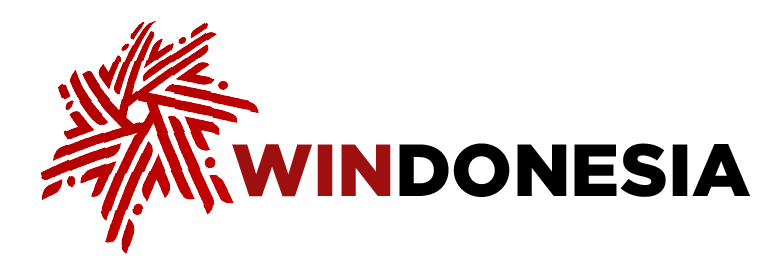Latest News
North Kalimantan Province Regional Secretariat Government and Public Welfare Assistant Datu Iqro Ramadhan, who represented North Kalimantan Governor Zainal Paliwang, attended the Iraw Tengkayu Festival XIV held at Amal Lama Beach on Oct. 12, 2025.
"Congratulations and success for the Iraw Tengkayu Festival XIV in Tarakan City. May the launching procession proceed safely, smoothly, solemnly, and become a moment of togetherness for the entire community," Datu Iqro stated in his remarks.
Datu Iqro stated that the Iraw Tengkayu Festival has great potential in preserving the noble values of tradition and culture, as well as a cultural attraction capable of supporting sustainable tourism development.
He also welcomed the return of the Iraw Tengkayu Festival as part of the Karisma Event Nusantara (KEN) program organized by the Tourism Ministry.
"This demonstrates national recognition of the power of culture. Therefore, we must manage this tradition professionally to ensure it remains a draw for both domestic and international tourists," he said.
Datu Iqro hopes that the youth of North Kalimantan will continue to play an active role in preserving the cultural tradition of Iraw Tengkayu Festival in various forms, including through performing arts, digital documentation, and cultural promotion at the national and international levels.
He emphasized the need for close collaboration between the government, traditional leaders, artists, and the community for the continuity of Iraw Tengkayu Festival that maintains a sense of gratitude, unity, and respect for ancestors amid changing times.
"Let's make Iraw Tengkayu not just a cultural event, but a proud identity of North Kalimantan," Datu Iqro concluded.

